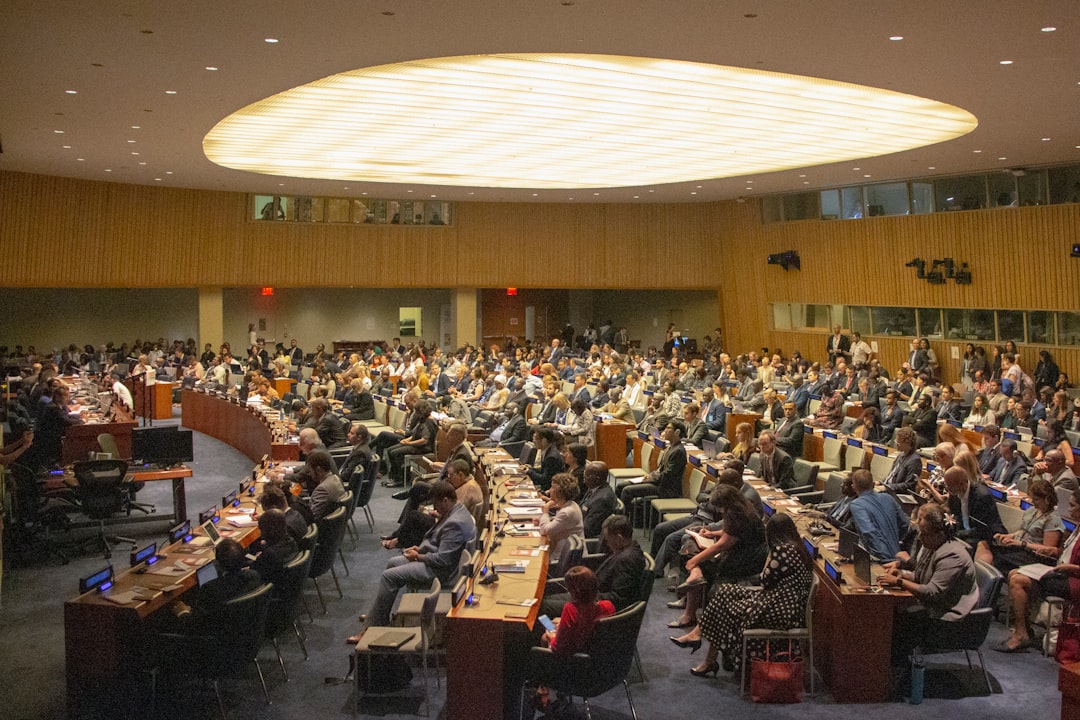What is it about?
If information communication technology (ICT)-induced demands threaten mobile managers working remotely they experience a lot of technostrain. Technostrain in turn can reduce well-being and productivity outcomes at work. However, this research show that even if some managers have a predominant threat framing, those who have a positive emotional attitude towards ICTs in general, tend to experience less technostrain. Further, if managers have both an opportunity frame and a positive emotional attitude towards ICTs in general, their chances of experiencing technostrain are minimal.
Featured Image

Photo by bruce mars on Unsplash
Why is it important?
Due to COVID-19, even predigital organizations have started to consider ICT based mobile working as a new norm. Thus technostrain experienced due to such heavy reliance on ICTs, increased technological demands and invasion perceptions can negatively impact a large majority of employees. Thus, it is important to understand the factors that can contribute to the better adaptation of techno-stressors at the employee level. Lack of employee well-being is detrimental to organizational maintenance and sustainability, hence the topic is central to the management of information systems, with implications to human resources.
Perspectives
Although techno stressors and their individual evaluations by employees are context dependant, positive emotion towards ICTs act as a powerful coping resource that is mobilized by employees facing techno stressors within a digital workplace context. Organizations can attempt to increase the digital culture and indulge in positive organizational inducements to transform any negative emotional attitude towards ICTs amongst mobile managers in order to improve well-being goals and reap benefits from IT investments.
Anuragini Shirish
Institut Mines-Telecom
Read the Original
This page is a summary of: Cognitive-affective appraisal of technostressors by ICT-based mobile workers and their impacts on technostrain, Human Systems Management, August 2020, IOS Press,
DOI: 10.3233/hsm-200979.
You can read the full text:
Contributors
The following have contributed to this page










